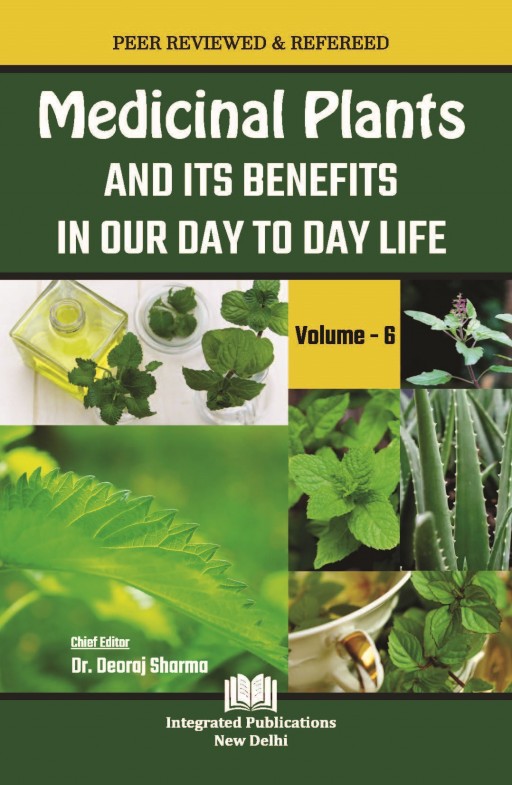Guava: A Single Plant for Multipurpose Medicinal Applications


Guava (Psidium guajava Linn.) is well-known for its culinary and nutritional properties all over the world. Guava belongs to the Myrtaceae family, one of the largest and most diverse plant families in the tropics and subtropics. Guavas possess many nutritional and therapeutic qualities. As a result of its high production and the range of products that derive from its fruit, several nations of the world depend on it for economic prosperity. It can be consumed raw or processed in both forms. It has been shown in various studies that it can be used in various industries, namely chemical, pharmaceutical, and food. Tropical areas such as India, Indonesia, Pakistan, Bangladesh, and South America are home to this fruit. Several chemicals isolated from plants have shown promising activity, including quercetin, guaijaverin, isoflavonoids, gallic acid, catechin, epicatechin, rutin, naringenin, kaempferol flavonoids, and galactose-specific lecithins. Studies have examined the biological activities of guava leaf extracts, including their effects on cancer, diabetes, lipid-lowering, antidiarrheal, antimicrobial, and hepatoprotection. Guavas, which range in size from as small as an apricot to as large as grapefruits, are widely cultivated in tropical and subtropical regions around the world. A few cultivars also have red flesh rather than green or yellow. White, pink, or red flesh are possible. The processing of fruit produces leftovers, including seeds, rinds, and pulp, which constitute about 30% of the total volume of fresh fruit. Food manufacturers value the by-products and residues of the processing process. The effects of diet-related chronic and degenerative diseases can be improved by consuming foods rich in dietary fiber (soluble and insoluble), vitamins (A, B, C, β-carotene), minerals, proteins (ceruloplasmin, transferrin, albumin), pectins, antioxidants (condensed tannins, flavonoids, flavonols) and some volatile organic compounds.